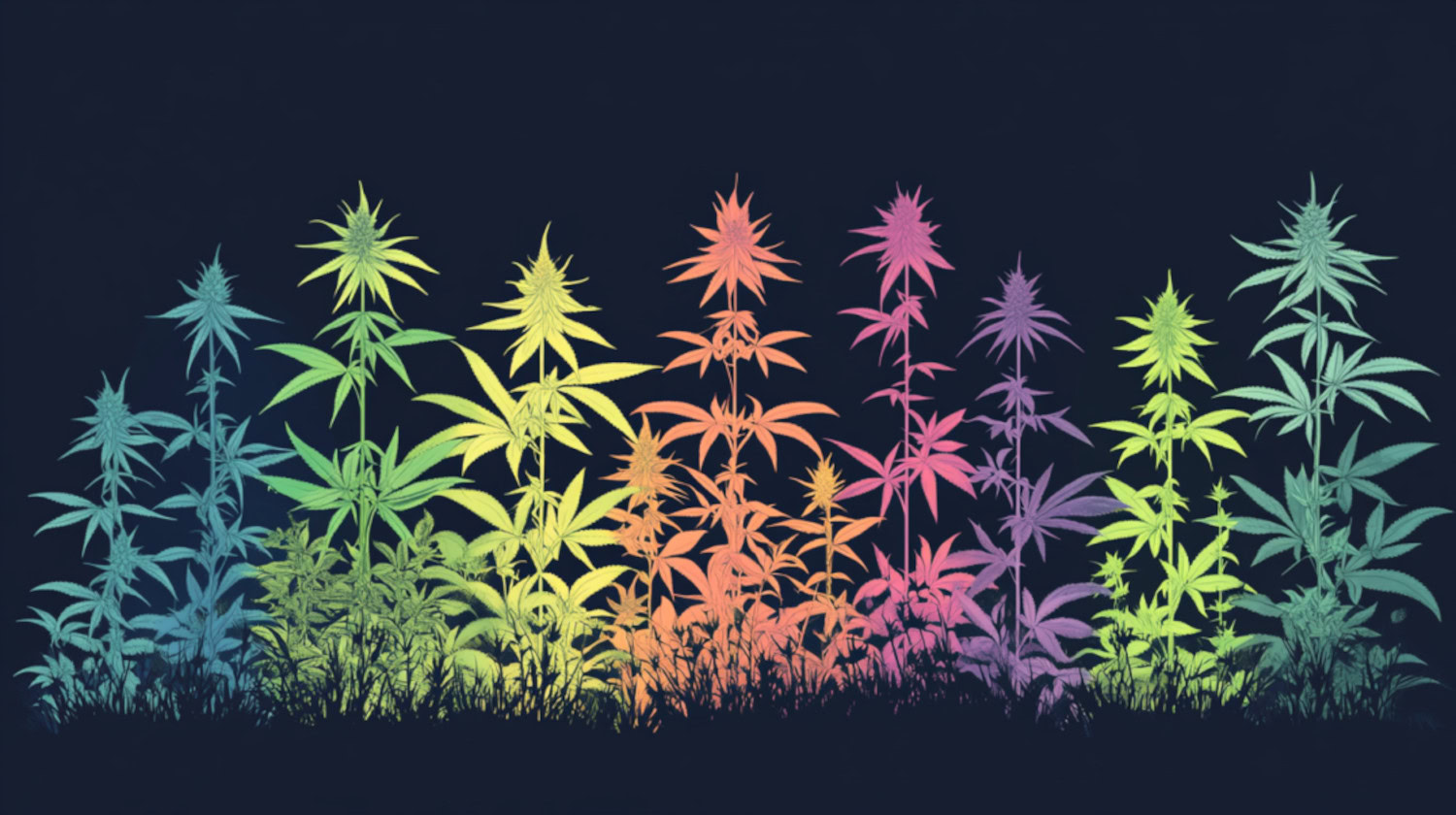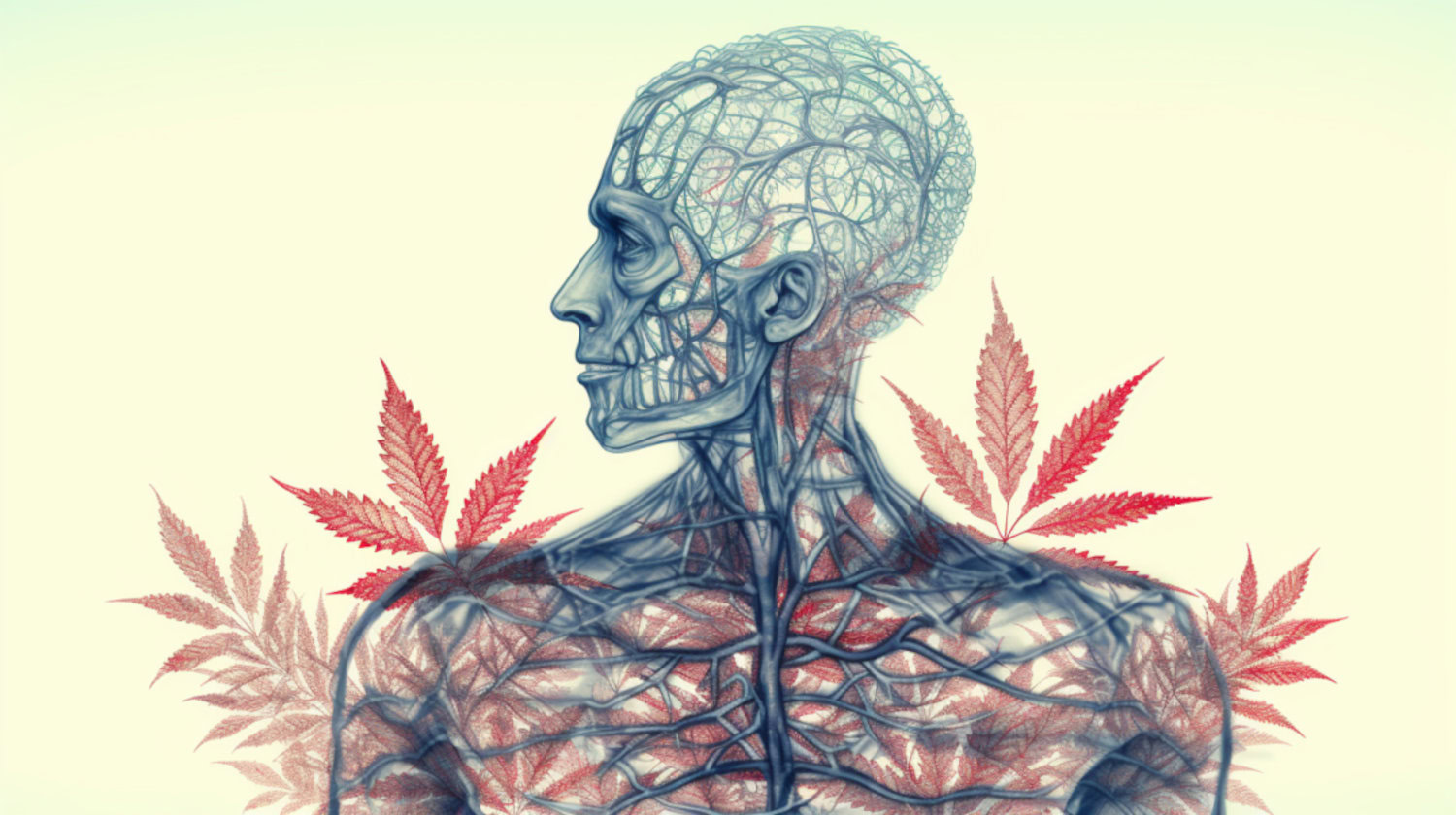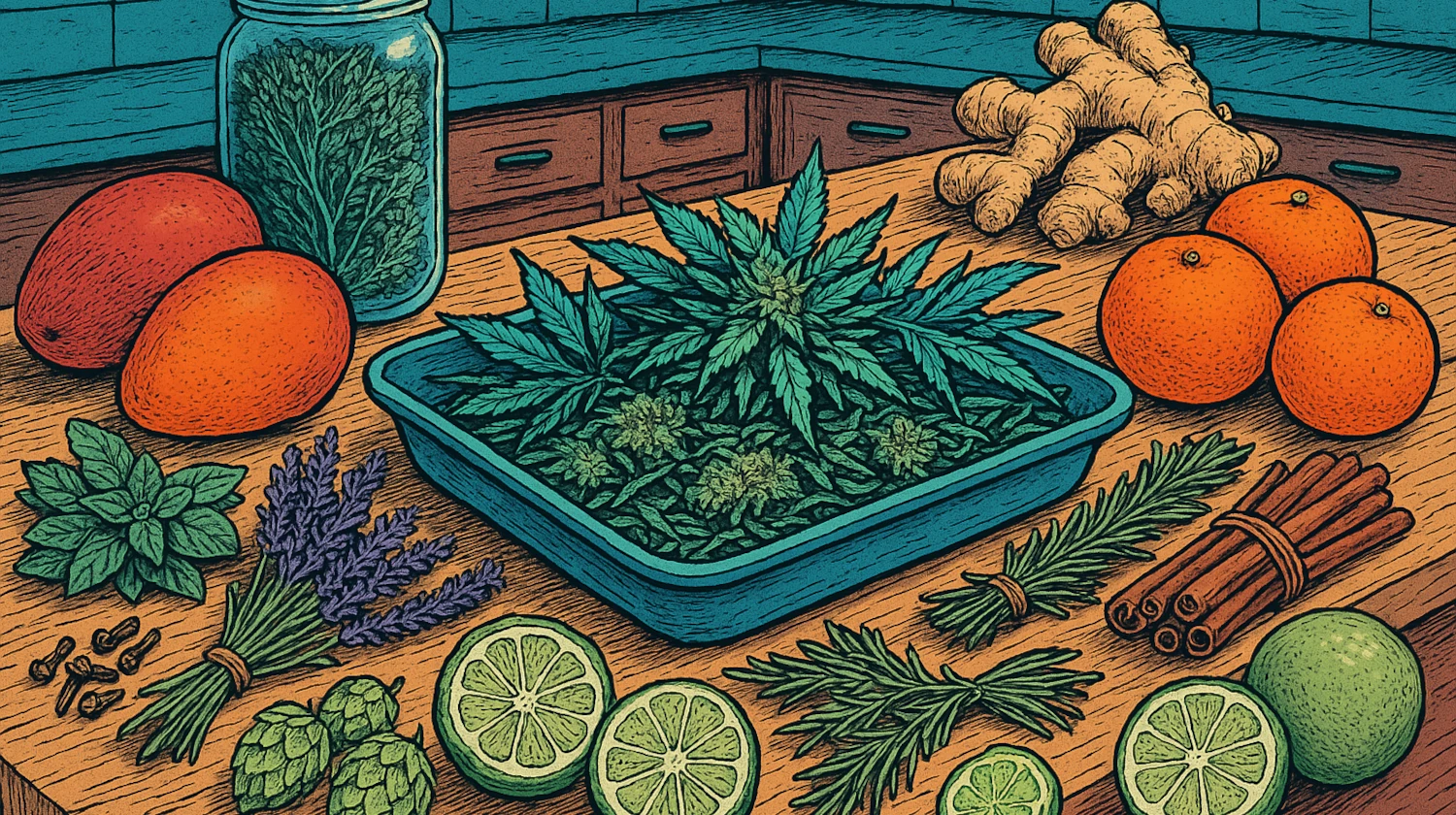In This Article
- What is the Entourage Effect?
- How Does the Entourage Effect Work?
- What Are the Benefits of the Entourage Effect?
- Is the Entourage Effect Debunked?
- Are Terpenes Abundant Enough in Cannabis to Make a Difference?
- Do Terpenes Directly Contribute to the Entourage Effect?
- Is This Effect Limited to Dried Flower Products?
- What Does the Entourage Effect Feel Like?
- What is the powerful entourage effect?
- How to Get the Entourage Effect
- How Can Patients Take Advantage of the Entourage Effect?
- References
Key Takeaways
- The entourage effect theorizes that the interaction of cannabinoids, terpenes, and other compounds synergistically combine to enhance the effects of cannabis.
- Full-spectrum cannabis products and flower preserve all the compounds naturally found in cannabis.
- Tracking the cannabinoid and terpene content of the cannabis products used and recording personal experiences with the variety of cannabinoids and terpene profiles can help you evaluate your most desired effects.
If you’ve ever wondered why two cannabis cultivars might produce entirely different effects, the answer may lie in a concept called the entourage effect. Cannabis is known for its main active compounds, THC and CBD, but there’s far more to this plant, including hundreds of unique cannabinoids, terpenes, and flavonoids. The theory is that the complex interaction of all these components can enhance the therapeutic potential of cannabis.
What is the Entourage Effect?
THC and CBD are not the only cannabinoids found in the plant, but they're the two most scientific research focuses on. In truth, there are several hundred compounds found in cannabis, and like THC and CBD, they can have different effects when you consume them in differing concentrations and combinations.
Think of each cannabis plant as its own recipe, with cannabinoids, terpenes, and flavonoids acting as the ingredients. Just as a recipe for a dish can taste vastly different with even small changes to its ingredients or proportions, the unique combination of compounds in each cannabis strain may produce its own range of effects. This is the concept of the entourage effect. But opinions vary as to the intensity of its effect (and whether it's real at all).
The entourage effect, sometimes referred to as the ensemble effect, suggests that cannabinoids, terpenes, flavonoids, and other compounds in cannabis work together synergistically, enhancing each other's effects.
In simple terms, the entourage effect is the idea that cannabis compounds work better together than individually. When combined, these compounds enhance the benefits and reduce unwanted effects.
As the saying goes, “the whole is greater than the sum of its parts.”
How Does the Entourage Effect Work?
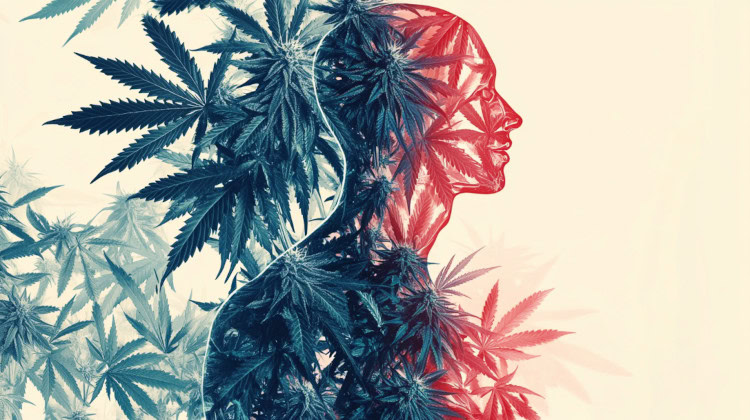
The entourage effect rests on the idea of "botanical synergy," where a central compound in the plant (like THC or CBD) is enhanced by other plant elements, such as cannabinoids, terpenes, flavorants, cannasulfer compounds, and flavonoids, to create varied effects. These interactions can happen between different cannabinoids, like THC and CBD (“intra-entourage”), or between cannabinoids and terpenes, like THC and myrcene (“inter-entourage”), working together to amplify the plant's overall impact.1
In 1998, professors Raphael Mechoulam and Shimon Ben-Shabat suggested that the endocannabinoid system has an "entourage effect," where various "inactive" molecules boost the activity of the main cannabinoids our bodies produce, including anandamide and 2-AG. They believed this could explain why whole-plant medicines often work better than isolated compounds.2
What Are the Benefits of the Entourage Effect?
One of the biggest reasons the entourage effect is so interesting is that it opens the world of cultivation to new, more finely-tuned cannabis strains. In theory, future cannabis cultivars could offer targeted medical benefits.
If research can demonstrate and measure an entourage effect, it could be possible to find the most desirable ratios of THC, CBD, terpenes, and more for different conditions. Growers could blend combinations of individual cannabinoids to create precise therapeutic effects. The potential benefits, especially for medical users, drive the excitement in research on the entourage effect.
We know cannabis cultivars may affect each person differently. We may discover why these reactions occur with a better understanding of the entourage effect.
As scientists continue to study its potential, exciting theoretical options for cannabis users could include:
- Enhanced therapeutic effects: Better understanding of the ratios and combinations of THC, CBD, and various terpenes needed to improve medical outcomes.
- Improved effectiveness with lower doses: Potentially reducing the amount of cannabis needed to achieve relief, avoiding tolerance issues in long-term cannabis therapy, and lowering costs by requiring smaller doses to optimize benefits and minimize side effects.
- Heightened patient confidence: Lowering patient hesitancy due to unknown or variable outcomes from cannabis cultivars.
- Improved medical recommendations: Allowing physicians to recommend cannabis with additional assurance of results.
Is the Entourage Effect Debunked?
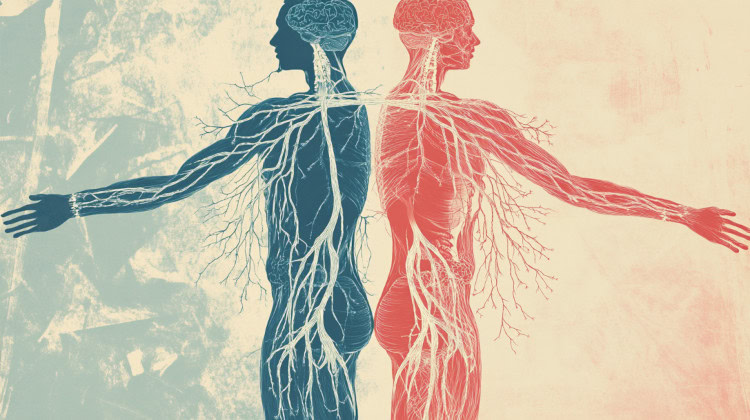
The entourage effect has not been definitively debunked, but recent studies suggest it’s more complex than initially thought. While terpenes do not directly interact with cannabinoid receptors as once assumed, they may contribute indirectly or interact through other biological pathways.3 However, this potential effect hasn’t yet been proven in clinical studies.1
Are Terpenes Abundant Enough in Cannabis to Make a Difference?
Terpenes in cannabis are present only in small amounts. A recent study on limonene combined with THC found that the most effective dose of limonene was 15 mg. However, this amount is much higher than what is typically found in a single dose of cannabis flower or extract available to consumers. This finding suggests that while the entourage effect between limonene and THC showed benefits in the study, it might be challenging to reproduce the same effect with standard cannabis products.4
Do Terpenes Directly Contribute to the Entourage Effect?
Another study raises doubts about whether cannabis terpenes directly contribute to the entourage effect by binding to the body’s CB1 and CB2 receptors. The researchers found that none of the five tested terpenes significantly impacted these receptors, either alone or combined with cannabinoids like CBD or THC. Only β-caryophyllene weakly interacted with the CB2 receptor, but this alone didn’t support a true entourage effect.3
Terpenes may also influence the body’s endocannabinoid system in other ways, possibly by affecting the metabolism or production of endocannabinoids (our body’s natural cannabinoids). Another theory is that terpenes have unique biological effects that can complement THC’s effects without binding to the same receptors.3
Understanding the entourage effect may require exploring other mechanisms, including polypharmacy (the interaction of multiple compounds within a system) and polypharmacology (one compound acting on several targets). Researchers also propose that terpenes may impact cannabis effects through sensory experience, as terpenes are highly aromatic compounds.1
However, research is ongoing to understand how and why the entourage effect occurs, and for now, the concept remains widely supported in both medical and recreational cannabis use.
Is This Effect Limited to Dried Flower Products?
Full-spectrum cannabis products have become more popular among customers hoping to explore the entourage effect.
And the phenomenon wouldn’t be exclusive to cannabis flower. Naturally, it would occur in any cannabis product that contains both THC and CBD or other cannabinoids and compounds. Dried flowers are full-spectrum and contain minor cannabinoids like CBG, CBN, THCV, and CBDV. Many cannabis concentrates like live resin also include CBD or other compounds and terpenes — like myrcene or caryophyllene — so an "entourage effect" should be possible with these products if it’s possible with flower.
What Does the Entourage Effect Feel Like?

Experiences of the entourage effect can vary depending on the cannabinoids and terpenes in a product. Generally, patients report more balanced effects when using full-spectrum products, with smoother or more targeted symptom relief. Many people feel more profound relaxation, enhanced mood, or more effective pain relief compared to isolated compounds like pure THC or CBD.
What is the powerful entourage effect?
The “powerful entourage effect” reported by users describes the intensified effects experienced with full-spectrum cannabis products. Patients report the combination of cannabinoids, terpenes, and other compounds deliver more substantial therapeutic benefits, such as pain relief, anxiety reduction, and mood enhancement. However, the exact nature and intensity of these effects vary by individual.
How to Get the Entourage Effect
To experience the entourage effect, choose full-spectrum products containing various cannabinoids and terpenes. Look for strains with a diverse cannabinoid profile or specific THC-to-CBD ratios. Experiment with different terpene profiles and note the variations in your experience. If possible, journal your experiences to keep track of your different sessions more easily.
How Can Patients Take Advantage of the Entourage Effect?
To maximize the therapeutic potential of cannabis for yourself, try experimenting with different combinations of cannabinoids and terpenes to meet your health goals.
There are several ways to tailor your experience.
- Choose Full-Spectrum Products: Look for “full-spectrum” or “whole-plant” on product labels, particularly for oils, tinctures, and concentrates.
- Explore Different Ratios of Cannabinoids: Some products offer specific THC-to-CBD ratios, such as 1:1 or 2:1.
- Pay Attention to Terpene Profiles: Learn about the terpene content in strains or products, such as myrcene for relaxation or limonene for alertness.
- Keep a Journal of Effects: Documenting effects can help patients identify what works best.
- Consult with a Healthcare Provider: Working with a physician knowledgeable about medical cannabis can provide personalized guidance.
The entourage effect suggests that the various compounds in cannabis, working together, can offer users an enhanced experience. While research is still catching up, early studies and plenty of firsthand experiences indicate that full-spectrum cannabis products—those containing a range of cannabinoids and terpenes—may be more effective than using THC or CBD alone. Combining all these compounds may provide better symptom relief and therapeutic experience overall.
Understanding the potential of the entourage effect for health and wellness empowers cannabis users to gain control of their cannabis experience. With some research and personal experimentation, you can see how different combinations of cannabinoids and terpenes impact you and make informed choices to suit your specific goals.
References
- Ferber SG, Namdar D, Hen-Shoval D, et al. The “Entourage Effect”: Terpenes Coupled with Cannabinoids for the Treatment of Mood Disorders and Anxiety Disorders. Current Neuropharmacology. 2020;18(2):87-96. doi:https://doi.org/10.2174/1570159x17666190903103923
↩︎ - Russo EB. The Case for the Entourage Effect and Conventional Breeding of Clinical Cannabis: No “Strain,” No Gain. Frontiers in Plant Science. 2019;9. doi:https://doi.org/10.3389/fpls.2018.01969
↩︎ - Finlay DB, Sircombe KJ, Nimick M, Jones C, Glass M. Terpenoids From Cannabis Do Not Mediate an Entourage Effect by Acting at Cannabinoid Receptors. Frontiers in Pharmacology. 2020;11. doi:https://doi.org/10.3389/fphar.2020.00359
↩︎ - Spindle TR, Zamarripa CA, Russo E, et al. Vaporized D-limonene selectively mitigates the acute anxiogenic effects of Δ9-tetrahydrocannabinol in healthy adults who intermittently use cannabis. Drug and Alcohol Dependence. 2024;257:111267-111267. doi:https://doi.org/10.1016/j.drugalcdep.2024.111267
↩︎
The information in this article and any included images or charts are for educational purposes only. This information is neither a substitute for, nor does it replace, professional legal advice or medical advice, diagnosis, or treatment. If you have any concerns or questions about laws, regulations, or your health, you should always consult with an attorney, physician or other licensed professional.

